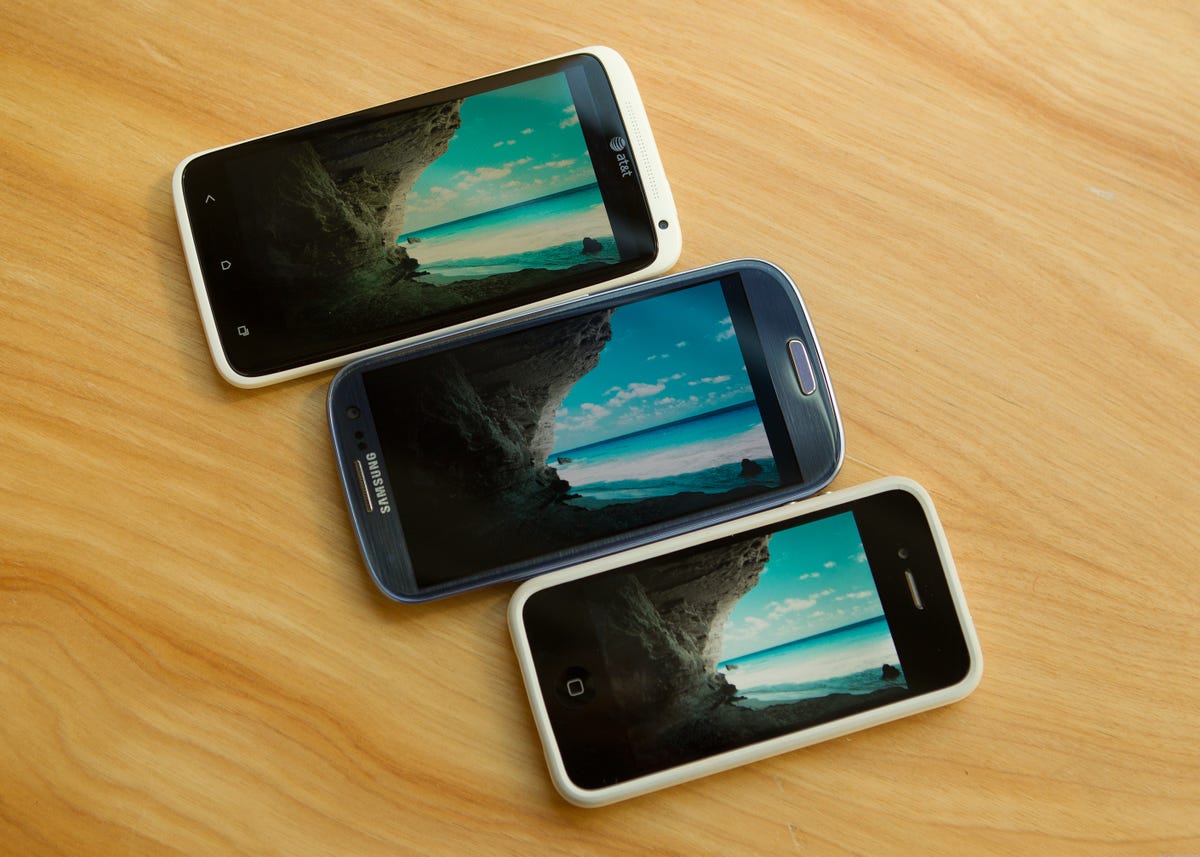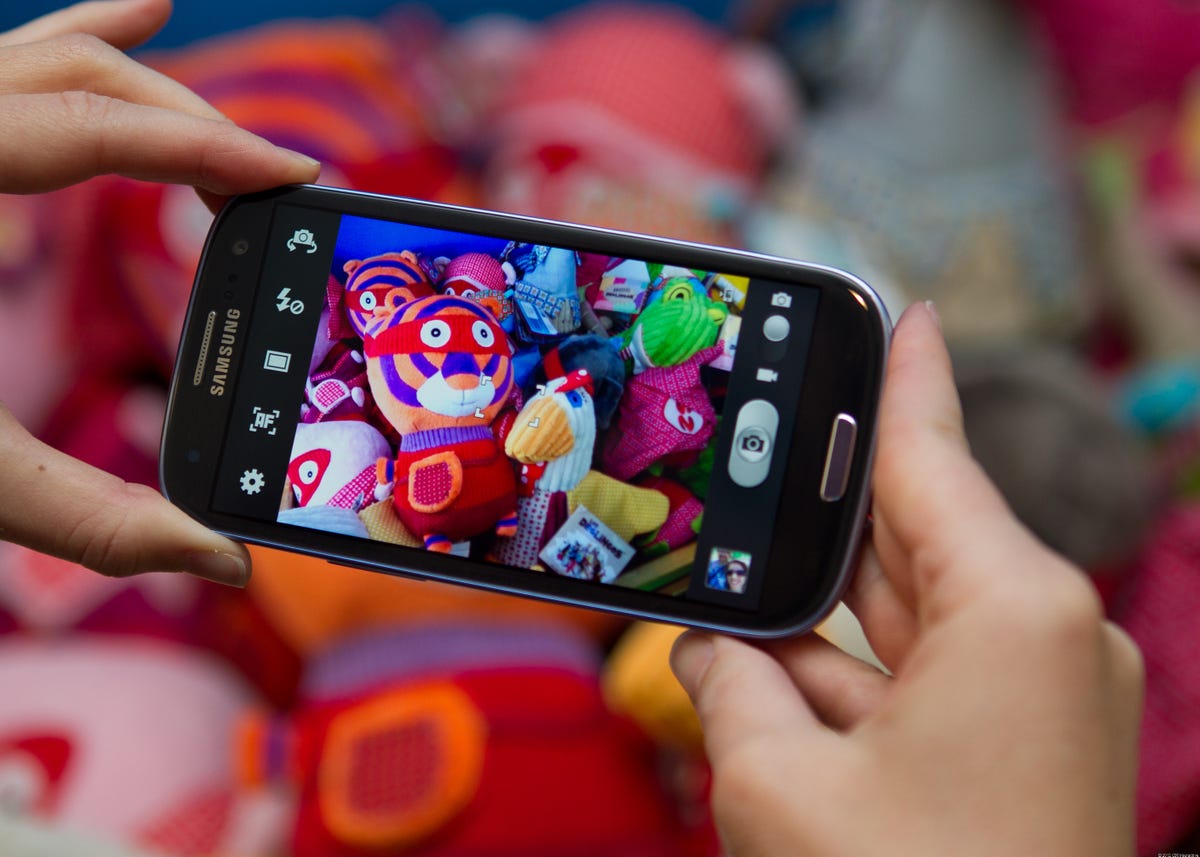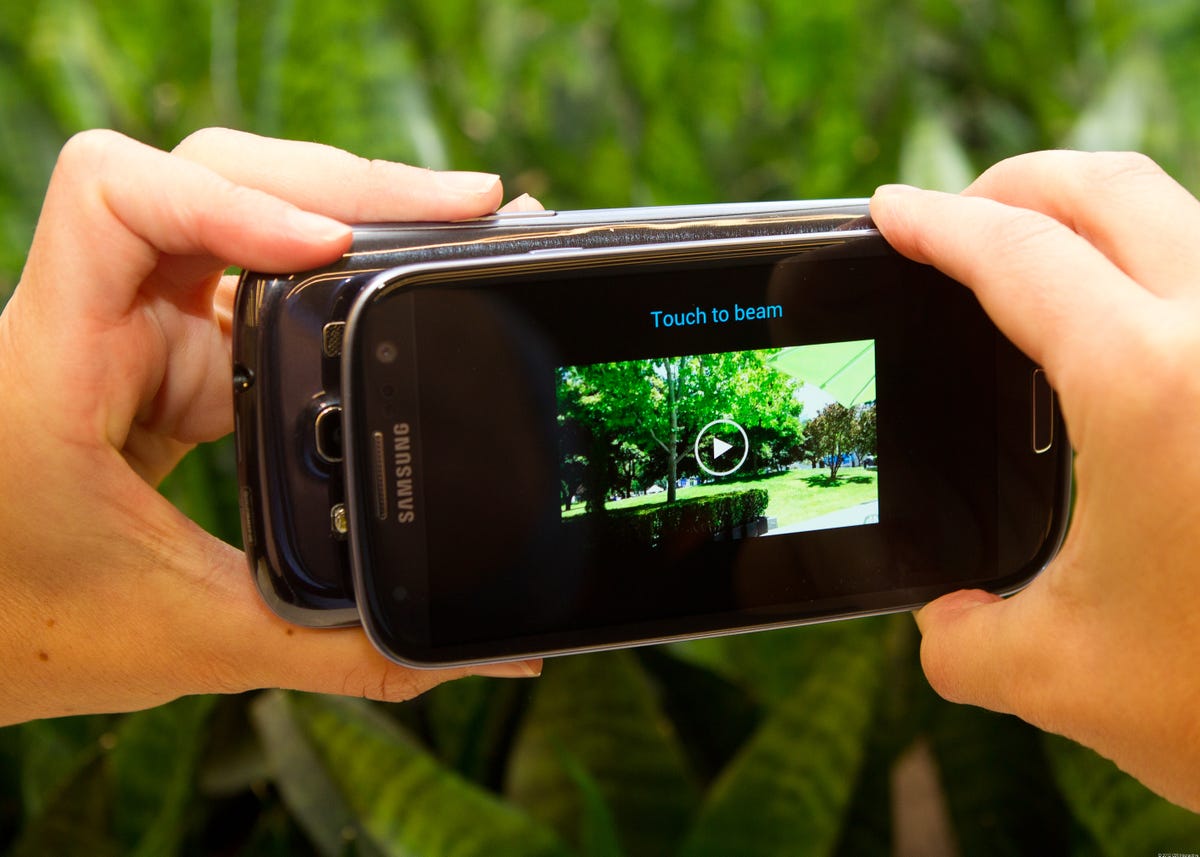One week from today, Samsung is taking over New York’s Radio City Music Hall to “unpack” its next Galaxy device. The invitation doesn’t get more specific, but the wireless buzz, along with the size and prominence of the venue (even without the Rockettes), suggests that Samsung will unveil the long-awaited Galaxy S4 smartphone.
So for the second year in a row, Sammy is staging quite a coup and ripping a well-written page from Apple’s playbook. Like it did with the Galaxy S3, it brushed off Mobile World Congress to stage its own show where it could drum up hype and get all the attention it wants (it’s nice to have the spotlight only on you). Also, here again, very few hard facts about what we’re going to see have leaked out of Samsung’s gates. And in the absence of facts, we only can speculate about what’s going to happen, and speculate we have.
What we’re really hoping, though, is that there won’t be much of a difference between what the device will have and what it should have (aka what we want). Android Atlas’ Scott Webster compiled a very respectable list of the latter earlier this year. Judging from the latest rumors it looks like we’re going to get a lot of what he wanted, and maybe even more.
Design
Samsung has to walk a delicate line with the Galaxy S4’s design: it needs to push the envelope without screwing things up. Though the Galaxy S3 was a looker, its design continued, rather than broke away from, Samsung’s long trend of thin smartphones with large displays and plastic bodies. As CNET’s review said, “It won’t wow you.”
Related stories
- Galaxy S4 rumor roundup
- Why the Galaxy S4 won’t be shedding its plastic roots
- Why you should wait for the Galaxy S4
- Beyond the Samsung Galaxy S4
- What I want to see in the Samsung Galaxy S4
- Samsung Galaxy S3 review
Some smartphone connoisseurs criticize this strategy as boiling things down to the lowest common denominator, and they’re correct to a point. This time we’d like to see a more ambitious effort in terms of the display and the materials used for the handset’s body. Despite rumors that the the GS4 could deliver a bendable display, that’s not on our list. The technology is very cool, but it’s not expected to reach consumer devices until next year.
The Galaxy S3’s was great, but it was dimmer than we had hoped. So for the GS4’s screen, Samsung really needs to up its game to compete with the likes of HTC, Sony, and Motorola. Many new handsets from these mobile players feature slick edge-to-edge displays with virtually no surrounding bezel. Additionally, to stand up against the tide of massive superphones with larger-than-life displays, the Samsung Galaxy S4 better come to the party packing a 5-inch 1080p screen. If it’s OLED, all the better since that’s a trick Samsung’s rivals can’t yet top. This post tells you the full story of smartphone display technology.
The prospect of a traditional Samsung plastic design is a bigger sore spot. And even though it appears that’s exactly what we’re going to get, we can’t look past the fact that material has a cheaper feel than the metal and exotic polycarbonates used by other manufacturers. These include the gorgeous HTC One, which is crafted from aluminum finished with diamond tools; the LG Nexus 4 and Sony Xperia Z, which sport shiny all-glass backs; and the sturdy build of the Motorola Razr Maxx HD.


Josh Miller/CNET
Features
Fortunately, Samsung delivered a powerful and high-functioning device in the Galaxy S3. It mostly built off existing Android capabilities, as our CNET review said, but the handset rightly earned its place at the top of the Galaxy family tree. With the Galaxy S4, we don’t doubt that Samsung will raise the bar again, but there are some things that the smartphone really needs to have.
Processor: At the time of its release, the 1.5GHz dual-core Snapdragon S4 processor on the U.S. Galaxy S3 (the global version was quad-core, but lacked LTE) was Qualcomm’s fastest to date. We were impressed when we first used it and even a year later the handset feels fast. Yet, a year might as well be a decade in the fast-paced mobile world. And with quad-core processors (this post takes a deeper dive on the chips) now the norm, the Galaxy S3 needs a quad-core CPU and LTE.
On the other hand, if Samsung really wants to generate palpable gadget excitement on launch day it should use an eight-core chipset instead. Some rumors have suggested an Exynos 5 Octa chip (which we saw last week at Mobile World Congress) so we think that we’re on relatively solid ground here. Indeed, such a processor would move the Galaxy S4 far ahead of the pack, at least until the pack catches up (which wouldn’t take long).


Josh Miller/CNET
Camera: Though the Galaxy S3’s camera delivered a few more features, it didn’t have a higher resolution than the Galaxy S2‘s 8-megapixel shooter. This time we’re hoping for a 13-megapixel shooter — even if more megapixels isn’t always better — with more camera features and a superior sensor. The good news is that that feature is likely. Around front, we expect a 2-megapixel HD camera. And while we’re at it, a flash on the front would be really cool.
Android OS: This is one area where we’re bracing for no change, at least for now. With the next version of the Android operating system not expected until Google I/O opens on May 15, the Galaxy S4 must run on Jelly Bean 4.2. Anything less would be criminal. Also, throw us a bone, Samsung, and opt for a sleeker form of the TouchWiz UI. Please, please, please!
Battery: Last year’s model was one of the few high-end handsets in 2012 that used a removable rather than an embedded battery as its power source. Hopefully, the Galaxy S4 will boost its battery capacity (Jessica Dolcourt has suggestions on how to do it) from the S3’s 2,100mAh to at least 2,500mAh (of course, more is better).
Storage and RAM: The Galaxy S3 came in 16GB and 32GB versions. That was a healthy amount of storage plus the GS3’s 2GB of RAM. But if Samsung wants to really wow its fans, it will put 4GB of RAM plus 64GB of preloaded internal storage in the new Galaxy S4. The device’s microSD slot capacity can stay at 64GB, however.


Josh Miller/CNET
S Voice and software: Samsung’s S Voice personal assistant feature didn’t live up to our expectations on the Galaxy S3. Mostly it didn’t work well, and other times it didn’t work at all. Samsung will need to improve the feature on the Galaxy S4 while keeping better options like S Beam and delivering new feature surprises like Visa’s PayWave mobile payment applet and eye-tracking technology.
Carriers and availability: We’ll keep this one short. Basically, Samsung needs to do three things: 1) Release the phone to as many carriers in as many countries as possible, 2) Release it to those carriers on the same day (not staggered availability), and 3) Release it as soon as possible after the event. Is that really too much to ask? No.
Samsung rising
The Samsung Galaxy franchise, especially its most recent incarnation, the Galaxy S3, is a terrible and beautiful smartphone enterprise depending on your perspective. Competitors feared the S3 for its cutting-edge mobile technology at insanely low prices, all shoehorned into a sleek and thin package. To users, however, it’s a sleek, powerful device that can match any smartphone on the market.
The Galaxy S4 should continue that trend. Samsung is determined to outclass its competitors and own the wireless handset market, and we have every reason to believe that the GS4 will impress. No, its competitors won’t simply lie in the road to be trampled, but Sammy has an important card to play. Like Apple, it has more than enough money to promote, advertise, and distribute its shiny device to the ends of the earth. That alone will carry the Galaxy GS4 far. And if the phone is awesome, even better.
Senior Editor Jessica Dolcourt contributed to this report.



